A worksheet to help students understand imagery in poetry.
Use this teaching resource when studying poetry in your classroom.
Students read the poem, Tiger, then investigate the use of imagery in the poem.
Answers for teachers are also provided.

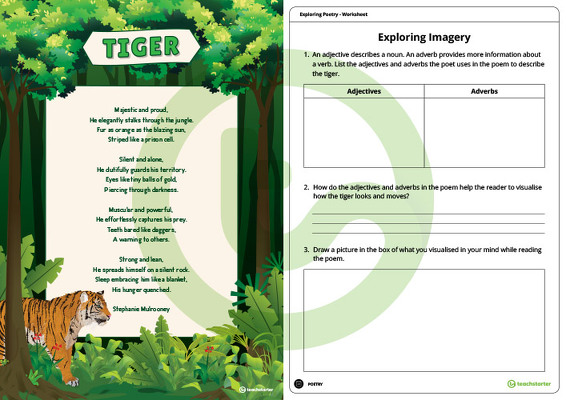
A worksheet to help students understand imagery in poetry.
Use this teaching resource when studying poetry in your classroom.
Students read the poem, Tiger, then investigate the use of imagery in the poem.
Answers for teachers are also provided.

We create premium quality, downloadable teaching resources for primary/elementary school teachers that make classrooms buzz!
Would you like something changed or customised on this resource? While our team makes every effort to complete change suggestions, we can't guarantee that every change will be completed.
Did you spot an error on this resource? Please let us know and we will fix it shortly.
Are you having trouble downloading or viewing this resource? Please try the following steps:
If you are still having difficulty, please visit the Teach Starter Help Desk or contact us .
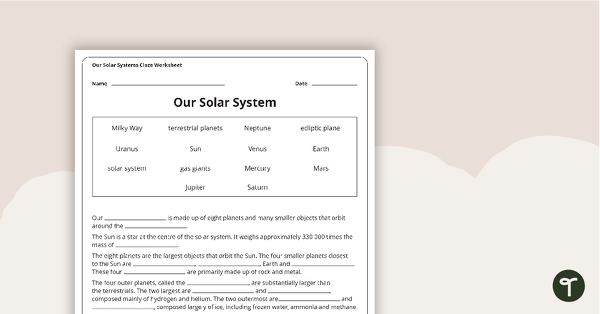
A set of 7 fiction and non-fiction cloze worksheets with answer sheets.

A sorting task to help students learn about the structure of a historical recount.
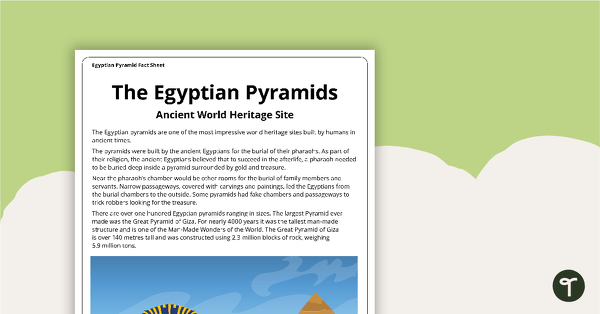
A 2 page comprehension task for students to use in the classroom when learning about the Egyptian pyramids.
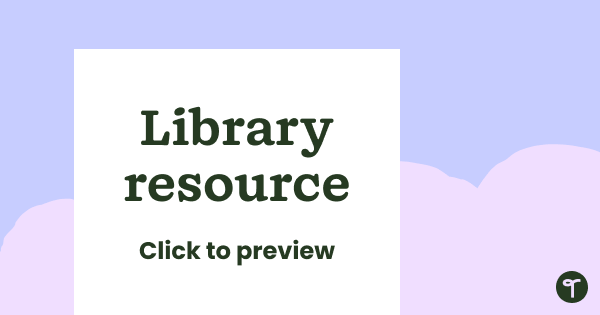
A 23 slide editable PowerPoint template to use when teaching your students about the features of narrative texts.
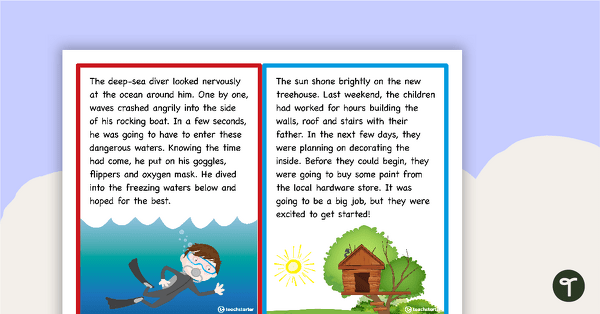
6 jumbled narrative paragraphs for students to sequence in the correct order.
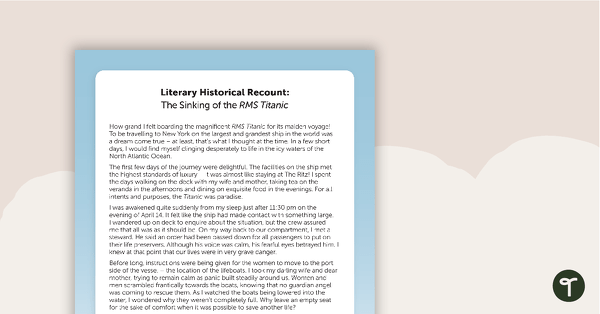
A comprehension task to enable students to compare literary historical recounts and factual historical recounts.
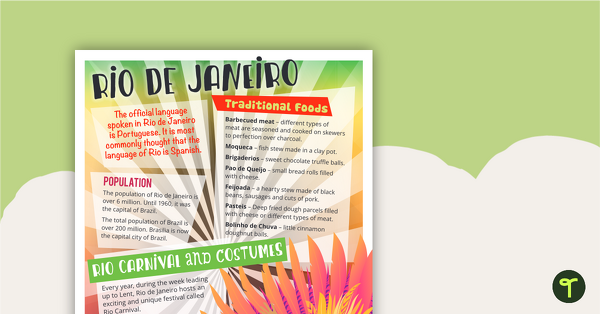
A comprehension task that encourages students to apply a range of comprehension skills when finding out interesting fun facts about Rio.
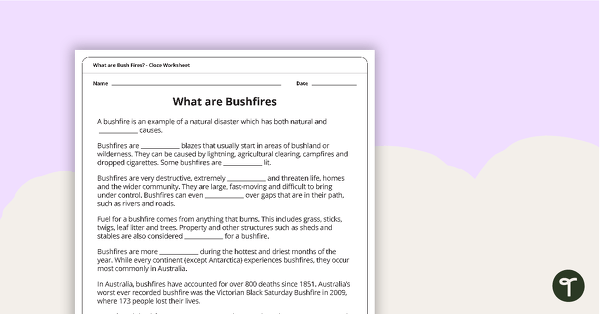
A cloze worksheet about bushfires.

A worksheet to use when teaching students how to understand sequence when reading.
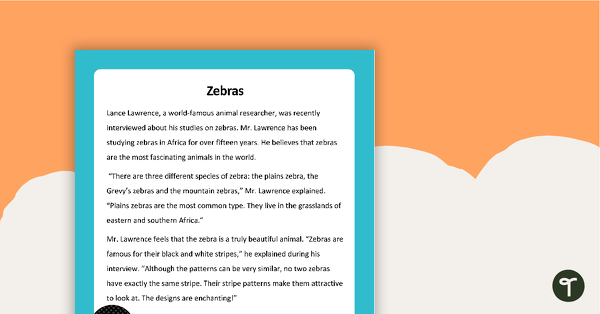
A task to use when teaching your students reading comprehension strategies.
0 Comments
Write a review to help other teachers and parents like yourself. If you'd like to request a change to this resource, or report an error, select the corresponding tab above.